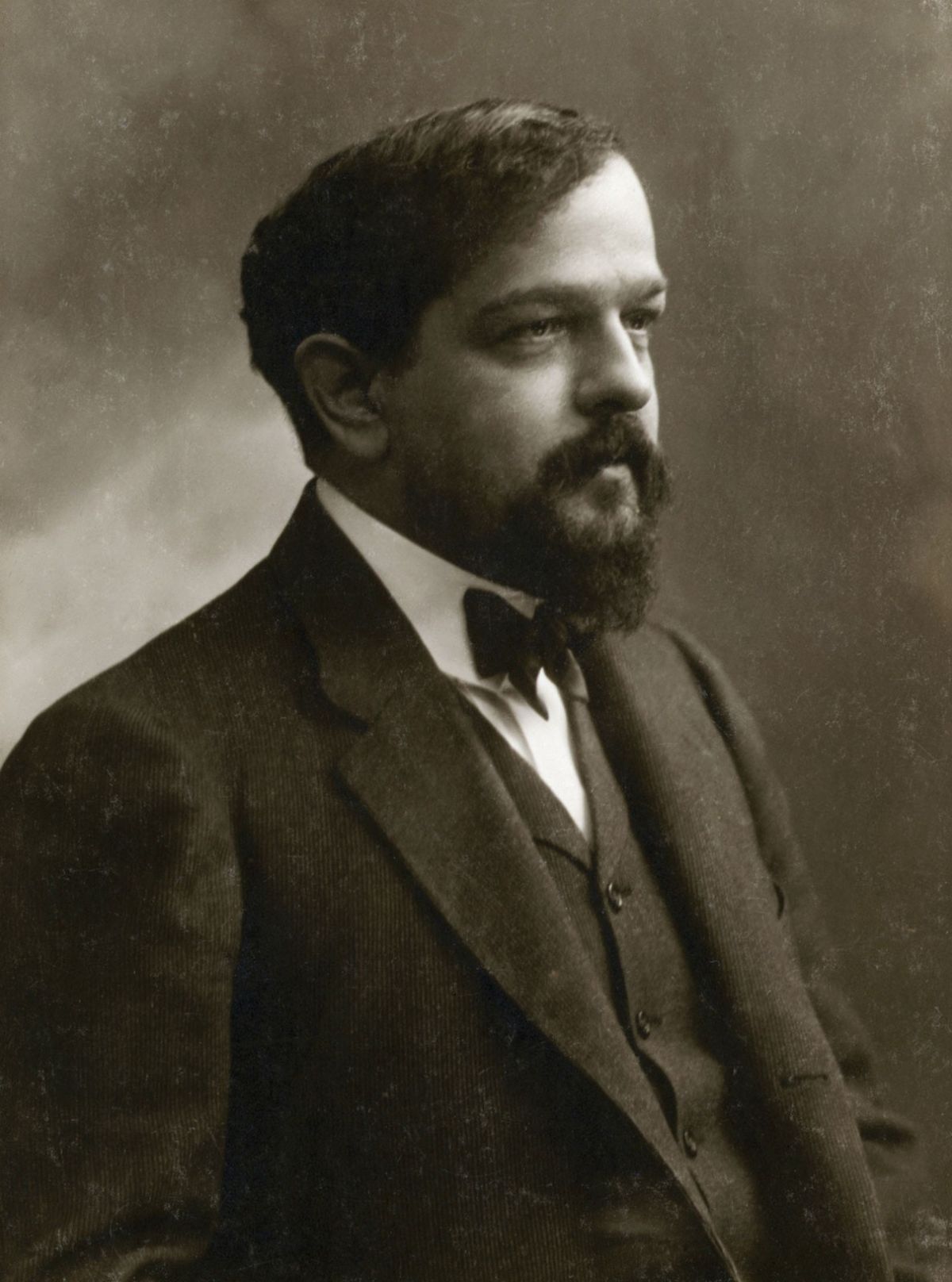

Last Friday evening, from 7 to 8 p.m., a number of Amherst students put on a beautiful performance of Claude Debussy’s musical works in the Mead Art Museum. The event, presented by the Amherst College Student Chamber Musicians, included eleven students, each of whom played or sang a different piece.
This performance took place in the historic Rotherwas room and was advertized on the event page as being “in conjunction with the current exhibition in the room ‘From the Picturesque to the Modern Vision: Landscape Painting in Europe throughout the Ages.’”
Audience members stood at the entrance to the Rotherwas room, either craning their necks to get a glance of the musicians inside or sitting and listening peacefully. Inside, the seats were quite full and rows of people of all ages sat in the beautiful, wood-paneled room. At the far end of the room in front of the antique windows stood a grand piano, around which musicians gathered and played a variety of pieces.
Many people closed their eyes peacefully when listening to one of Debussy’s most famous pieces, “Claire de Lune.” While it was lovely to listen to such a beautiful and popular piece, the evening also featured many of Debussy’s songs which are far less famous. The singing showcased on Friday, while classical in some senses of the word, was deeply unlike songs that follow a more rigid and traditional format. It was a lovely experience to hear captivating songs that did not quite fit the stereotype that one generally associates with classical music.
The Rotherwas room lent itself beautifully to the evening. Saya Woolfalk’s futuristic art in the Mead’s most historic room complemented the wonderous and daring modernist sounds of Debussy. Because we are limited by our own experiences and the time in which we were born, we cannot quite understand how Debussy’s music would have been viewed during the composer’s own life. However, the juxtaposition of science-fiction art with the a deeply traditional room perhaps aided one’s imagination in appreciating both the music and its initial reception as a more non-traditional, futuristic production.
To audience member Maya Houssain ’21, the event’s setting of the Mead provided the perfect venue for listening to Debussy’s works.
“The Mead…has the unsung potential to heighten a listening experience,” Houssain said. “The works of Debussy, on their surface, have very little to do with the contemporary installations on gender identity, relationships, and politics. Yet, I found while wandering the exhibits, the conjunctive sensations of listening and looking complemented each other in unexpected ways.”
In general, it is understood that the impressionistic painters of the time greatly influenced Debussy. His music certainly does not adhere to classical forms and is better understood using terms often reserved for the visual arts.
Furthermore, a short essay attached to the program at the event argued that Debussy was perhaps more strongly or directly influenced by the literature of the time.
The connection between the written words of the late 1800s and Debussy’s music was clear. Before her flute solo, Robin Kong ’21 explained the background story that Debussy managed to translate into a wordless song, telling the audience to watch out for various changes in sound within the storyline.
Sara Bradley ’21, a member of the audience, noted that it was “really amazing to see the musical talents of the students here … the atmosphere was very peaceful and introspective.”
The music was followed by a reception with wine, cheese, grapes and sparkling water in the main gallery. People continued to mill around, look at the photographs and chat about the evening.
Ultimately, the evening was an example of how the Mead seeks to connect the visual arts with both other kinds of art as well as the larger Amherst community.
Personally, the choice of Debussy seems fitting, not only for the landscape paintings within the Mead, but for the school as a whole. As students at a liberal arts college, we are encouraged to take inspiration from all disciplines and use it to create new and exciting things in our own fields, similarly to what Debussy did. This evening gave students another opportunity to connect with art, learn from our classmates and possibly even carry some of that inspiration and beauty into our own daily lives and work.